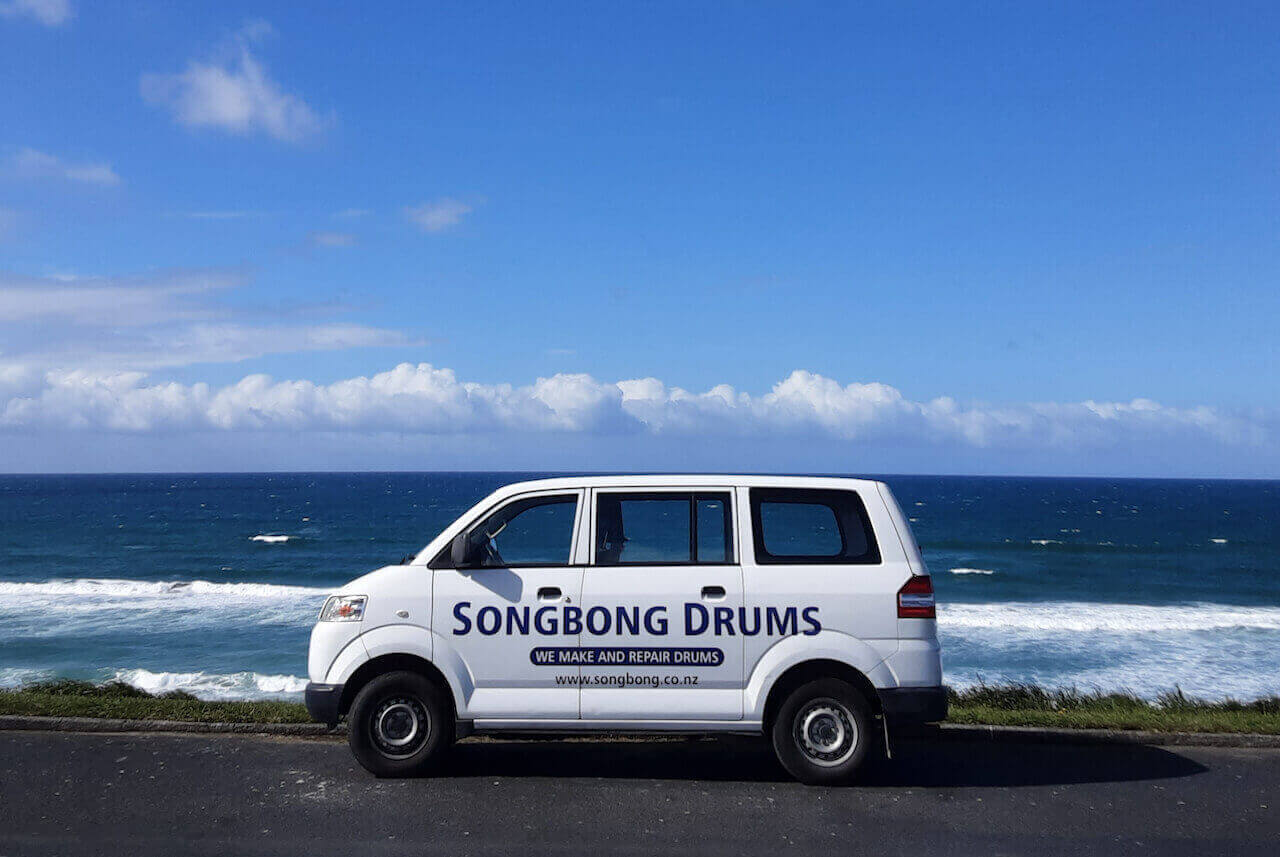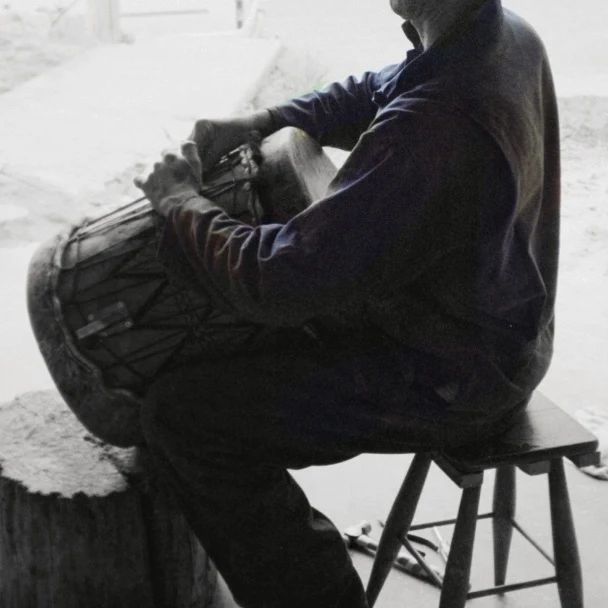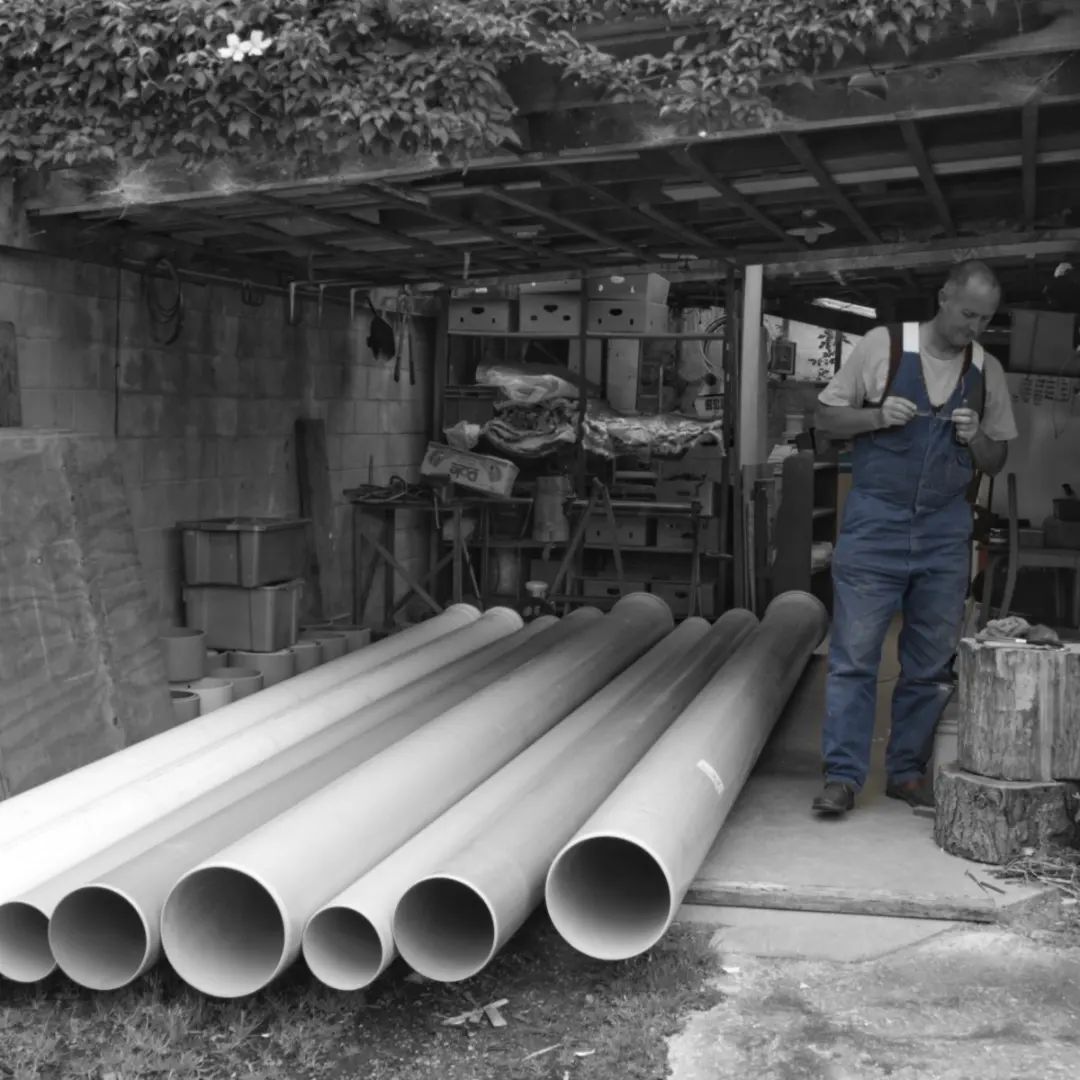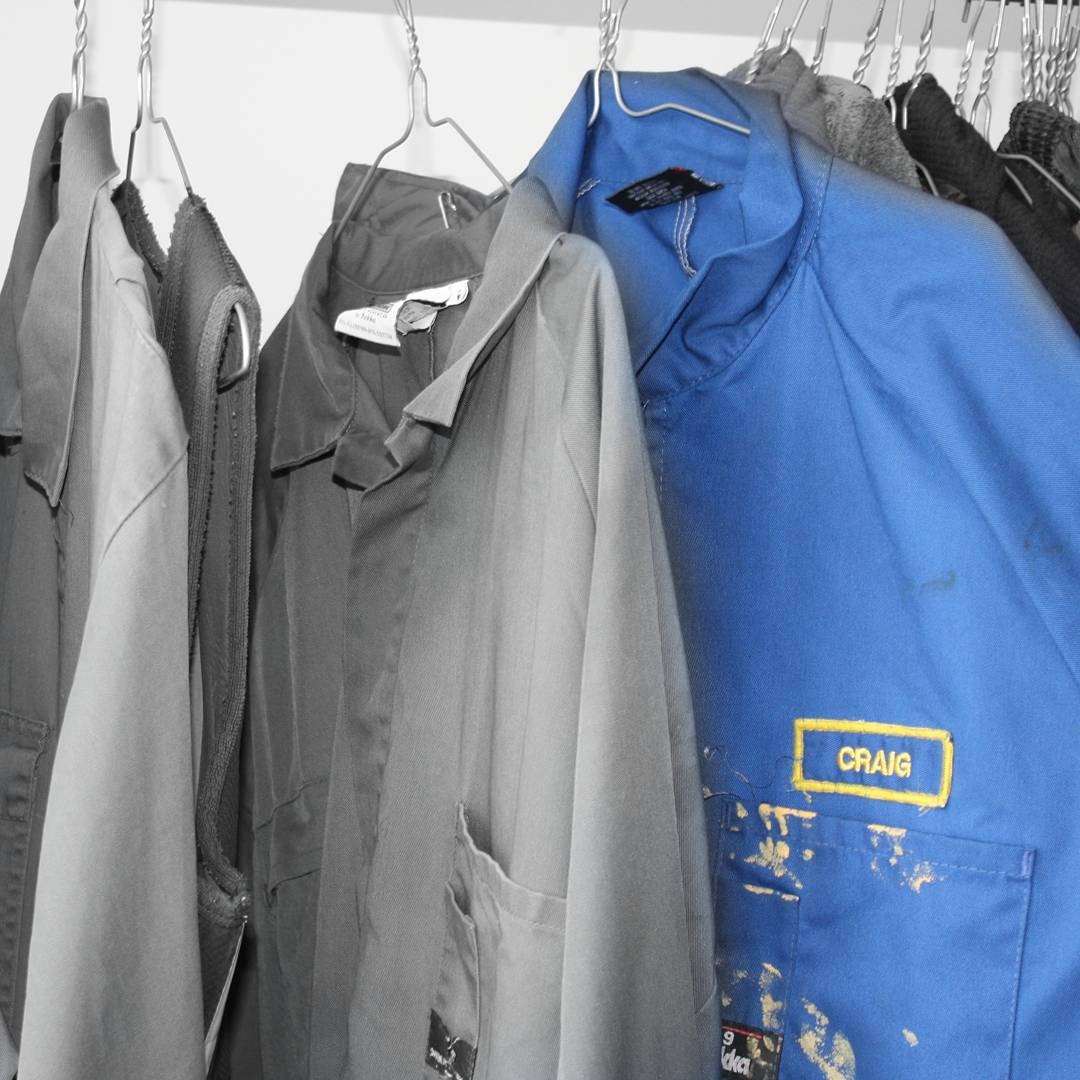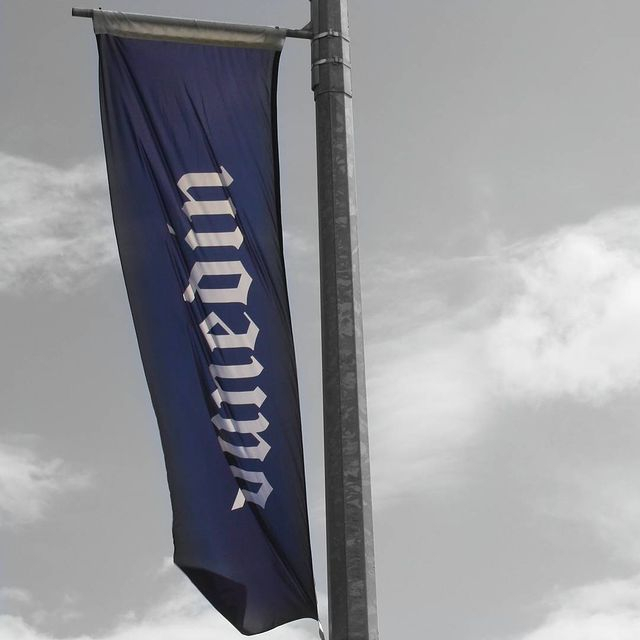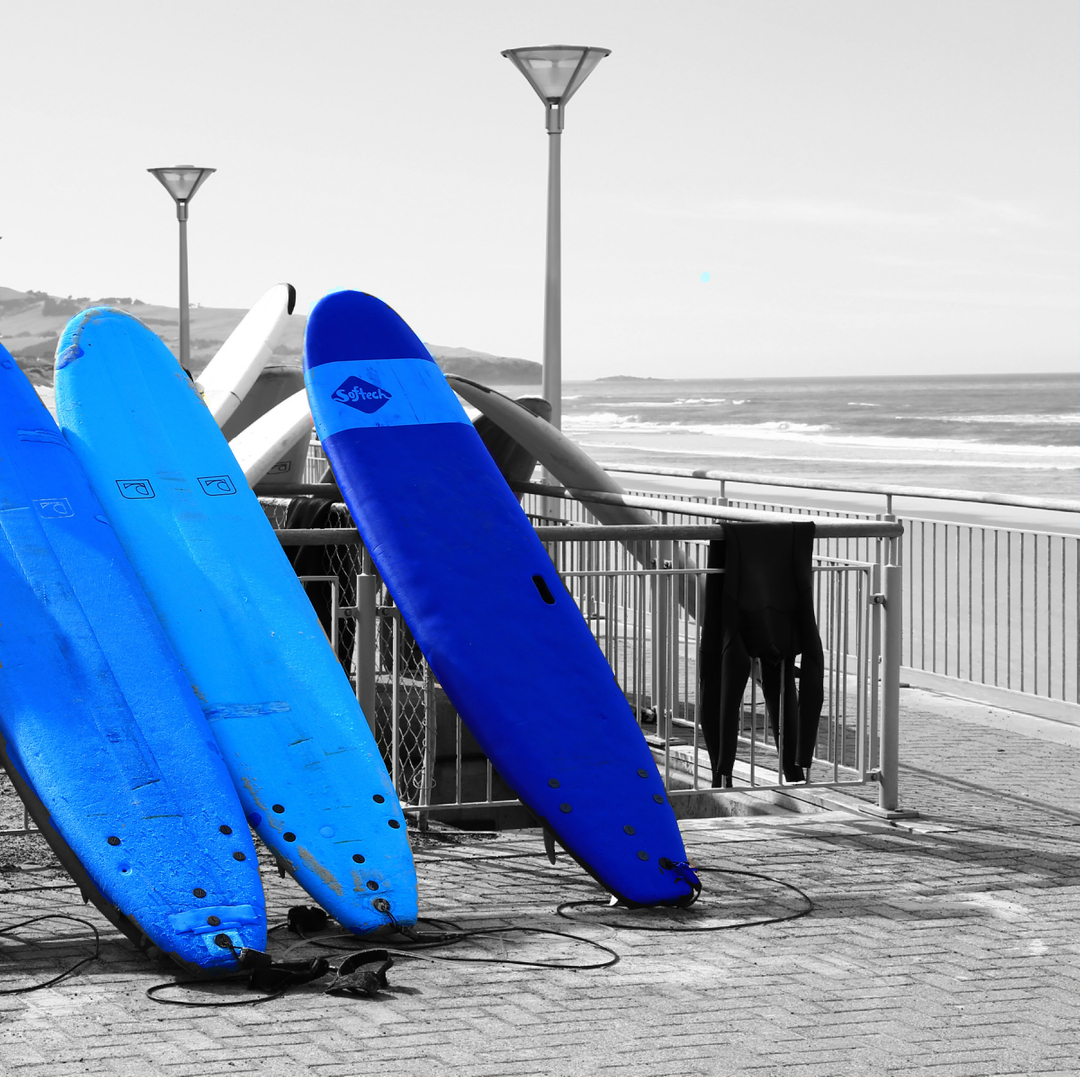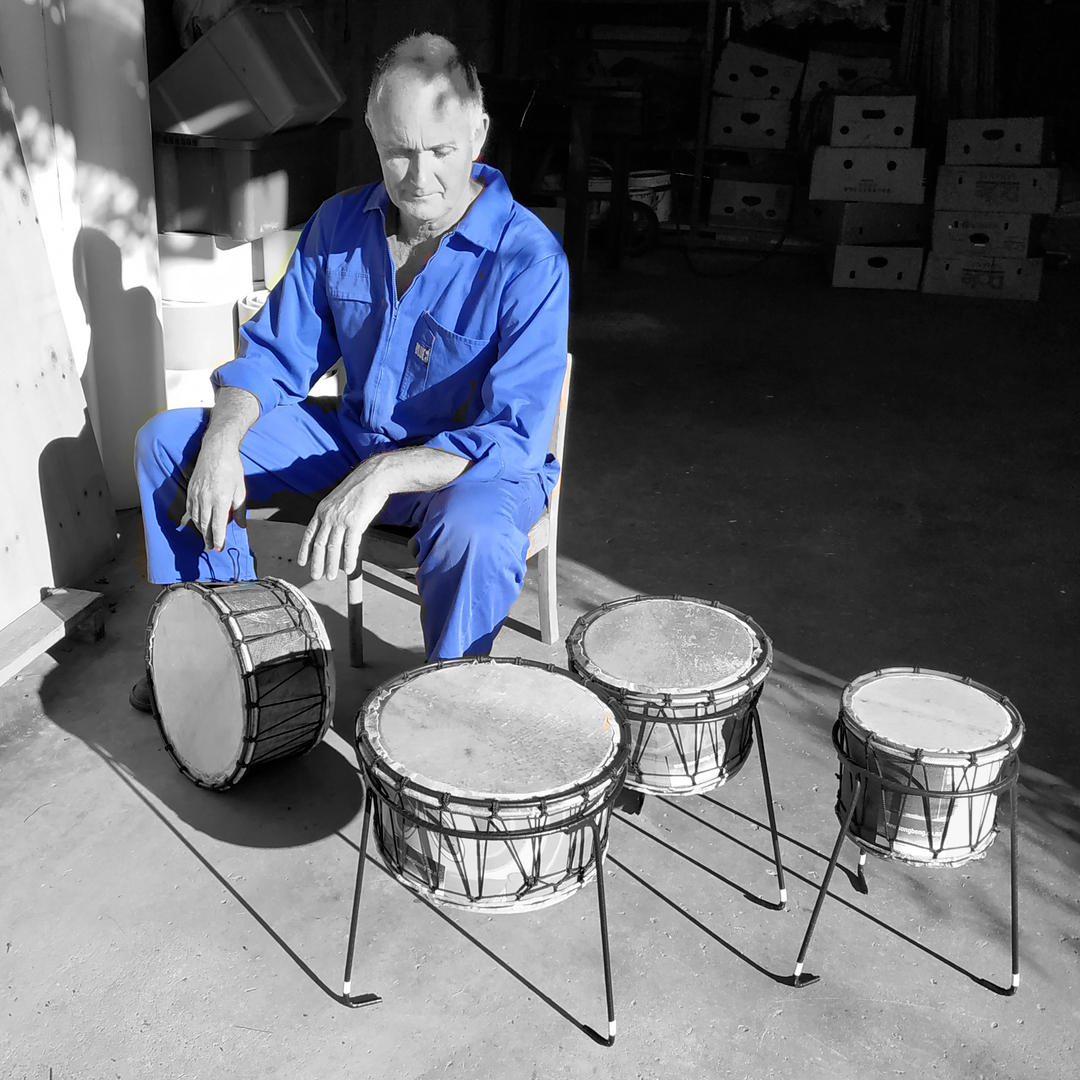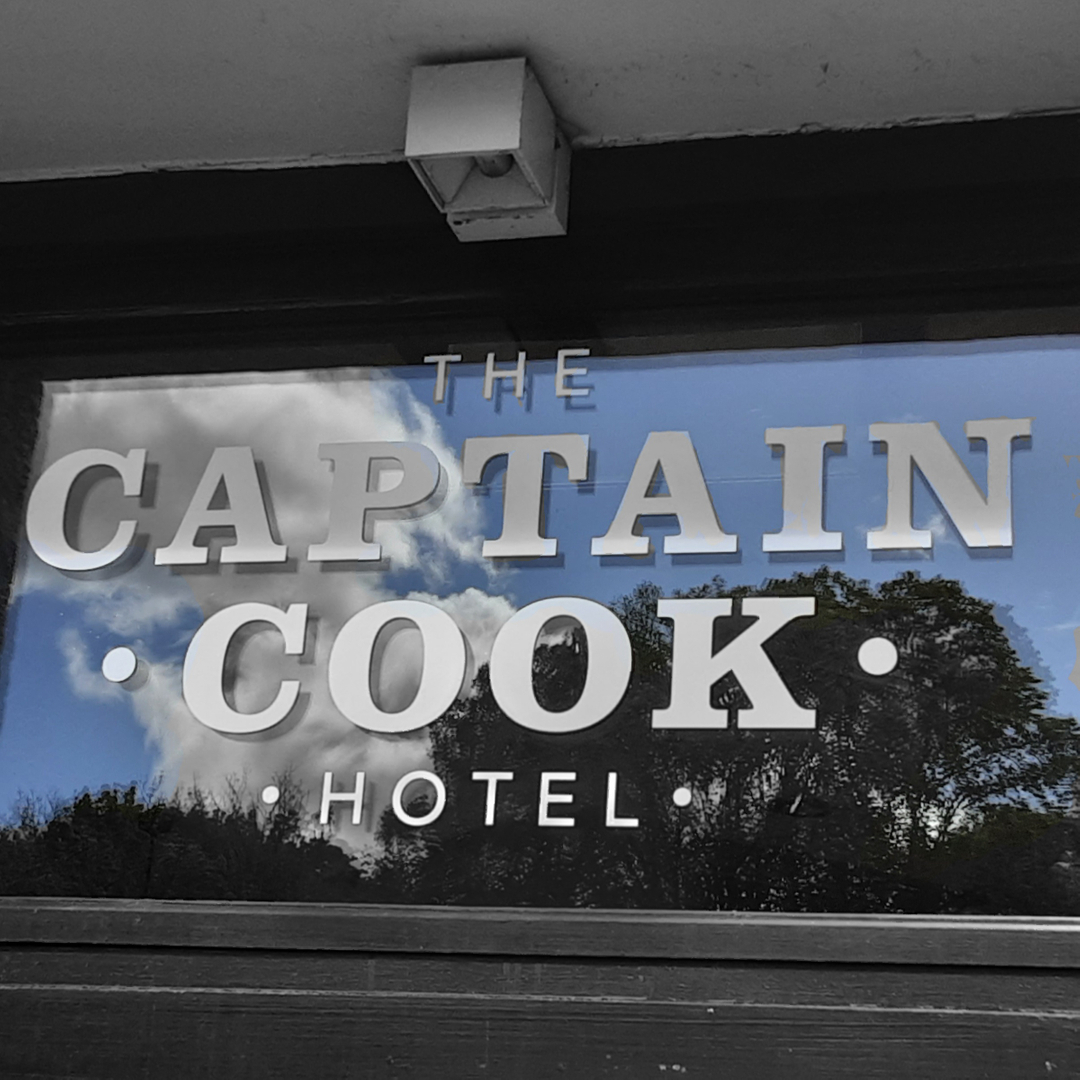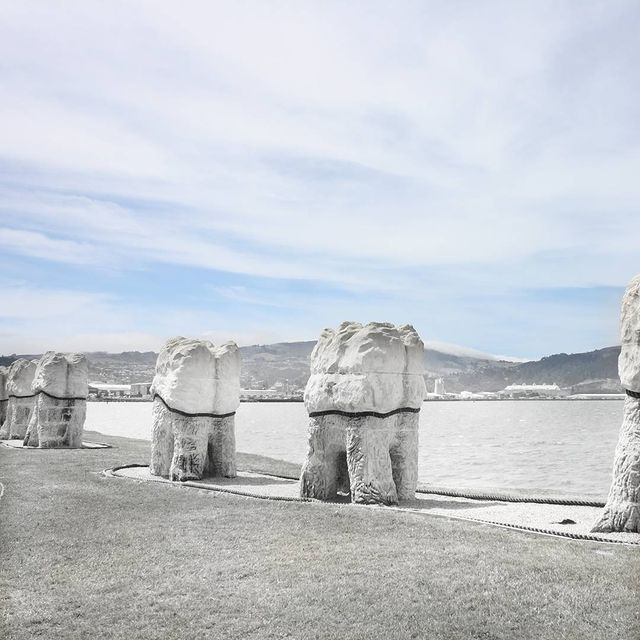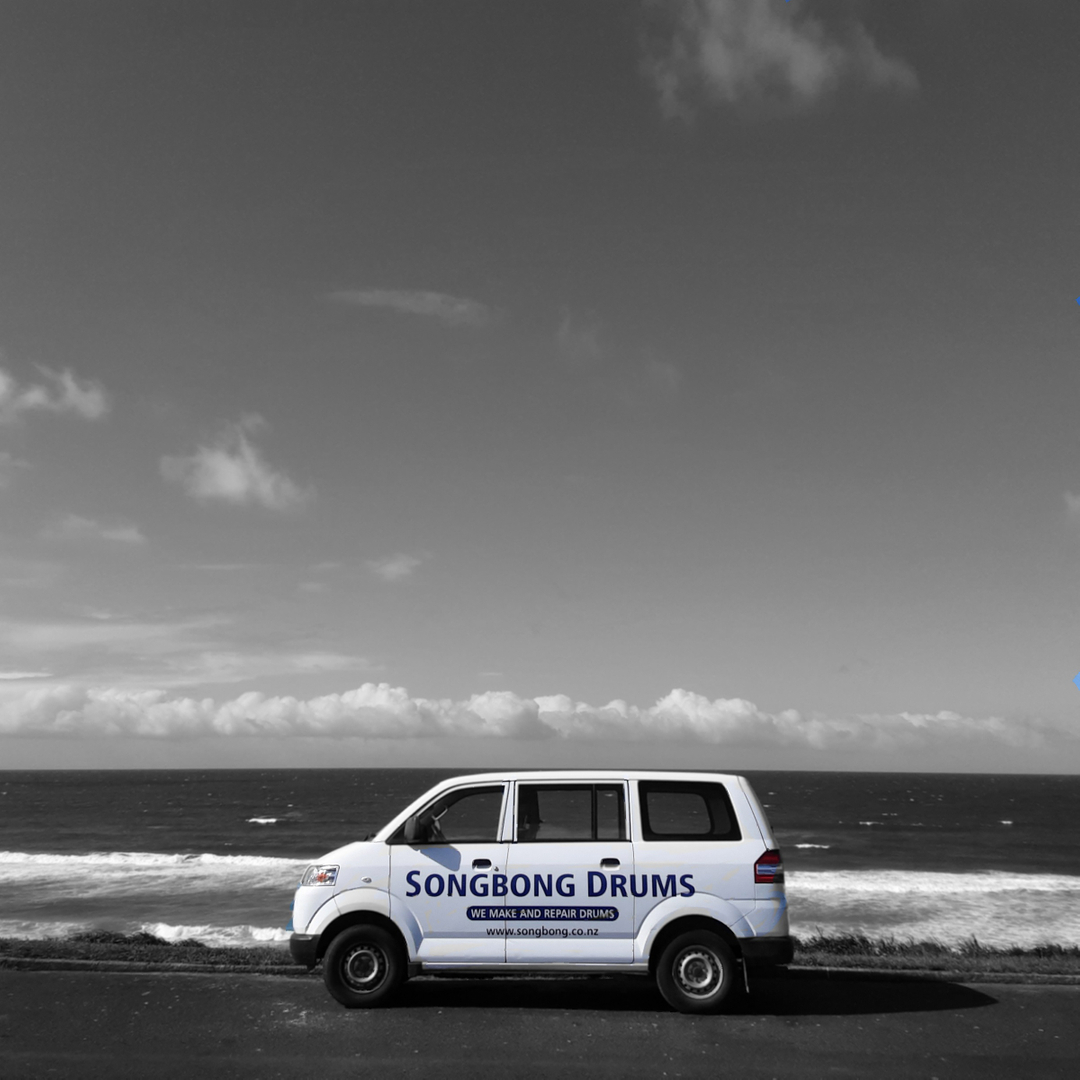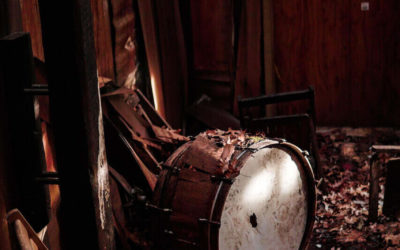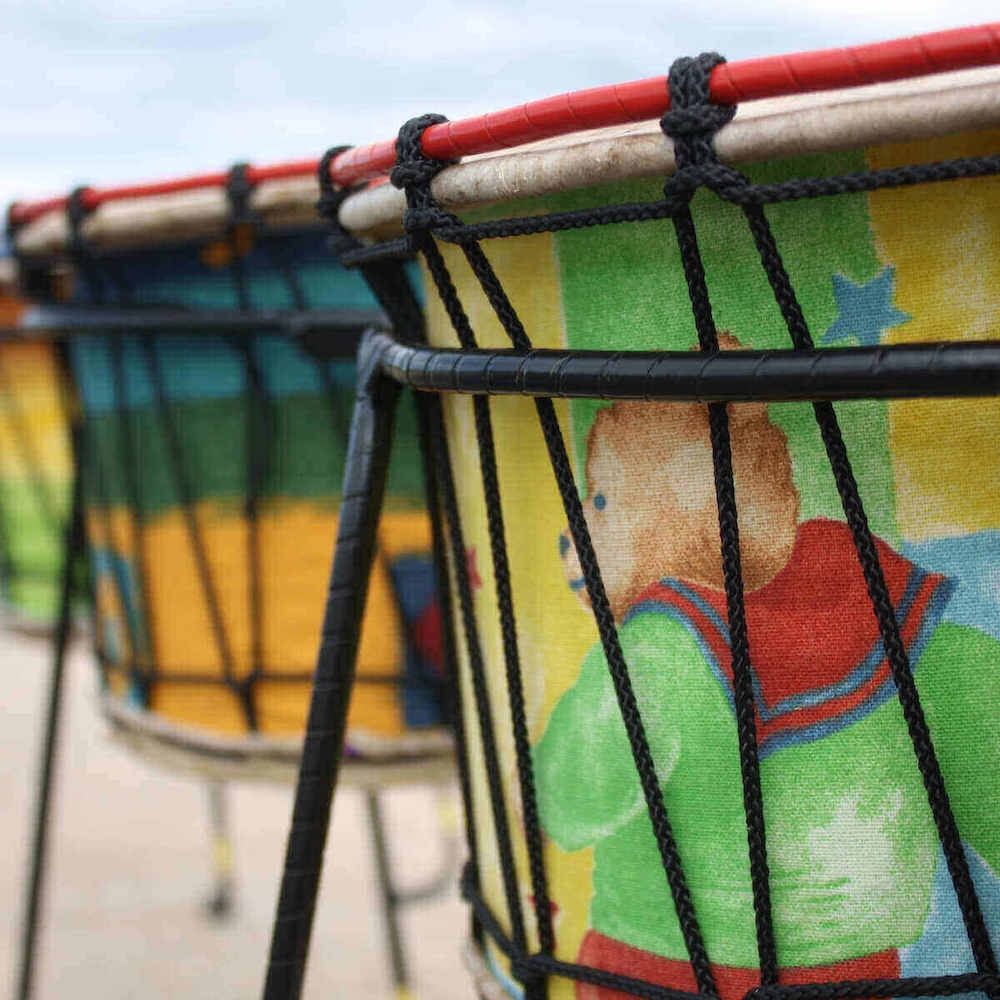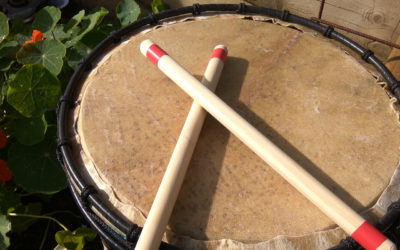Contents
Do you know what an African drum and a Korean city have in common?
The African drum and the Korean city are both named Songbong.
Sometimes names don’t make sense in another language or country. Sometimes names do not age well, sometimes you get the wrong kind of second glances, and sometimes names are just bad ideas from the beginning.
Would you fully trust a restaurant called “Sam and Ella”? What about the “Curl up and Dye” hairdressing salon or the “STD Contractors”? Some say a name makes all the difference when it comes to propelling a business to success, rather than slogging on. I am not sure about that.
Our business is called SONGBONG.

We did not give it too much consideration at first. Simply because it wasn’t really a business at the time, it was just a percussion band. Before the Songbong name become part of our brand identity, it took a few years. So we did not think of it as a very important decision.
David – always ready for a questionable joke – came up with the brilliant idea : “What about SONGBONG?” My English was very basic at the time and I didn’t really get the pun. Humour is always quite difficult to grasp for a non-native. “Songbong? Sure, whatever”. After all, I knew what a songbong was having learn how to play that African drum in France. Plus, I didn’t know what a “bong” was. Deciding of this name or that name for the band was not a priority. We were more focused on playing well, teaching drumming and getting gigs.
The early followers of Songbong were mostly adults interested in African drums and hand-drumming. They got the joke and it made people exchange complicit smiles. After noticing that an unusual number of Asian-looking fans seemed to have some friendly interest in our sign-written van, we also realised that Songbong was a city in Korea. This fact in itself pushes our business to page 10 of results of a Google search.
With time, we organised more serious work with schools, animated arts weeks and ran drumming workshops in the South Island. We took part of numerous events in and around Dunedin. The growing attendance at the weekly dance class also helped put the name out there. Slowly, Songbong became known as a drumming business.
Since 2009 or so, David has been spending more and more time making and repairing drums. Little by little, we let go of the teaching and performing side of it. We now mostly sell drums to schools and pre-schools and our reach extents to the North Island as well.
Fortunately, our hastely chosen name has never been a hindrance. It became really who we are as a business and hardly draws a smile of people’s faces these days.
Here are a few business naming tips I wish we had considered:
- Choose a name that conveys a benefit
- Do not use a name that does not mean anything
- Test it out on Google AdWords
- Be careful with geographic names
- Avoid obscure words
- Do your research
- Choose clear over clever
- Do check with the kids
- Don’t get a committee involved in your decision
What is a songbong?
An African drum
Songbong is the English pronunciation of the African name of a specific drum. The name has other spellings and pronunciations. In coastal Senegal, for example, songbong sounds more like samba.
And yes, that is the same word we use for the Brazilian drum and dance culture we associate with the colourful carnival in Rio. Samba schools prepare all year round towards the carnival parade where they compete against each other. Their bass drums have a similar shape and musical role as the West African drum : songbong.
The French language writes songbong: sangban. Sangban is therefore the most common spelling. Many countries in West Africa where the songbong is used were politically controlled by the French until the 60s.
An important drum
Usually it will be a 30/35cm diameter, double-headed bass drum. It is carved in one piece from a short length of tree trunk. Generally a songbong is longer than it is wide. The carver might try to sculpt it out as light as possible, because sometimes a songbong will be used in situations where some parading is required and will therefore need to be carried.
Mostly though, the songbong lies on its side, and has a small blacksmith’s forge-welded bell mounted on the top. A songbong might be made sturdy enough to carry heavier animal hide, seeking a lower note. The drummer strikes the goat-hide or calf-hide head with his strong hand, using a hardwood stick. His weaker hand will play the small bell, perhaps with a metal striker such as a large nail.
Some songbongs do not parade much at all, and may never travel. They will be used in the village square, at every folk dance occasion, perhaps in the same spot for century after century.
Musically, the songbong is the core. The other drums depend on its heartbeat when improvising.
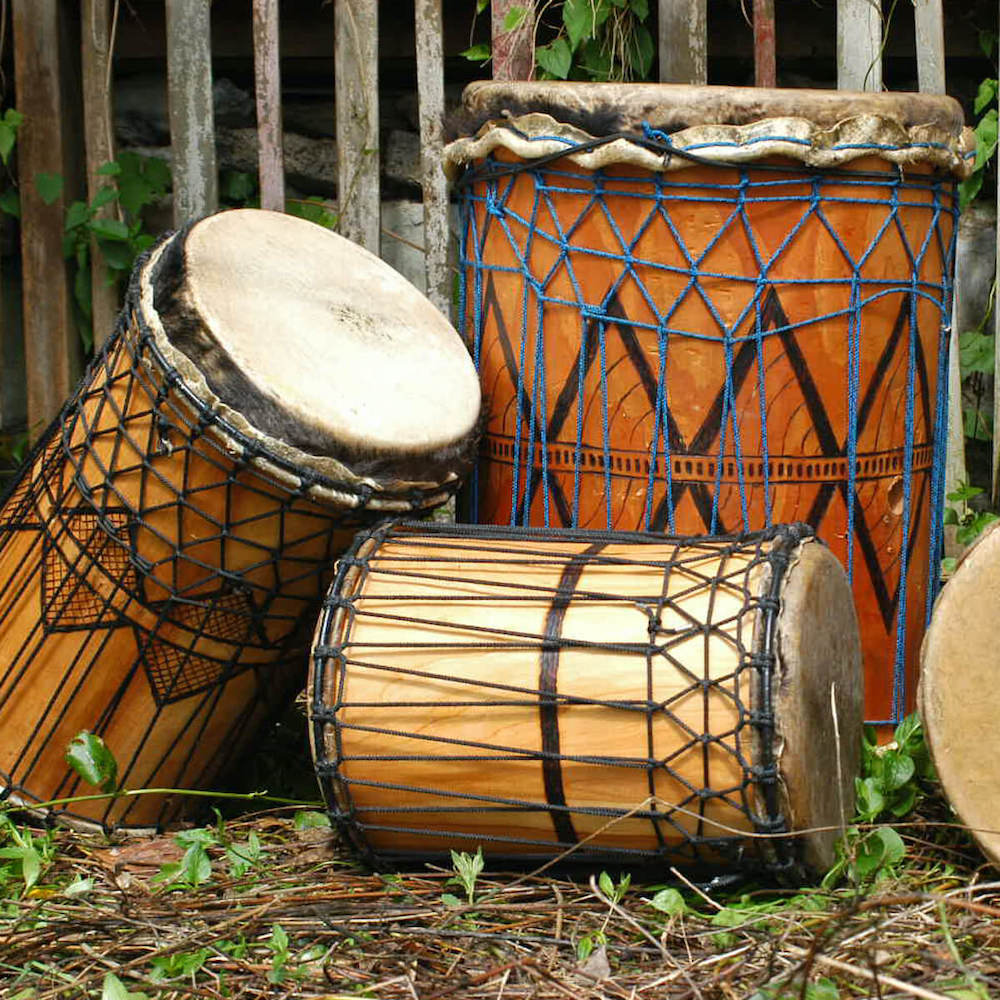
Djembés are to be played with a songbong
Drumming in Africa is inseparable from song and dance and most often we can identify the dance it is calling for, by the pattern played on the songbong. When the African Ballets started touring Europe in the 70s, westerners discovered and were instantly seduced by the highly rehearsed stage interpretation of African drum music tradition. The djembé (hand drum) especially made a big impact on western audiences. Because of their sharp and loud presence, djembés quickly became a favourite of musicians. Djembés are traditional drums from Guinea and Mali in West Africa. Despite often being presented in the West as a solo instrument, a djembé is almost never played alone, neither is it played in an ensemble consisting only of djembés.
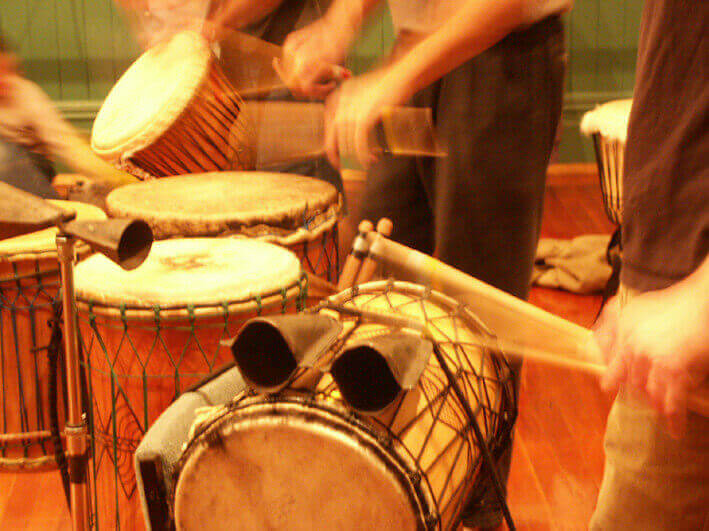
Because they do not have the bold appeal of djembé, the dununs (bass drums of the traditional ensemble) are not as well-known.
The dununs intricate rhythms are usually made of :
- the high-pitch sound of the smallest drum : the kenkenni
- the steady, imperturbable heartbeat of the middle-sized drum: the songbong
- the big boomy improvisations of the dunumba, the biggest of all dununs.
Traditional African drum ensembles are made of djembés and dununs.
Typically, the small kenkenni has a short repetitive phrase, which does not change. The medium songbong, has a longer but persistent phrase, often an 8-bar, or even 16-bar phrase, but does not usually vary.
The large dunumba has an empty phrase, with a long cycle, and varies a lot, including improvisation, often “dialoguing” with the other soloist on one of the djembes. These variations amplify, recognise or acknowledge dance moves by a dancer, who happens to be the soloist at that time.
The songbong is the heart of the orchestra.
Naming our business Songbong was our way of acknowledging the importance of this African drum in the bass section in traditional West African dance ensembles. As for the North Korean city of the same name, it is a complete coincidence and the two are not connected.
Choosing a name for a business is not a light affair, but our experience says that a hastely chosen name is not always a problem.

